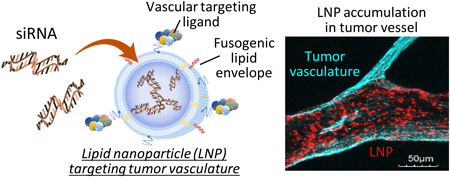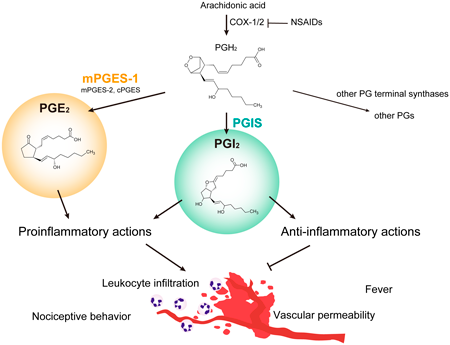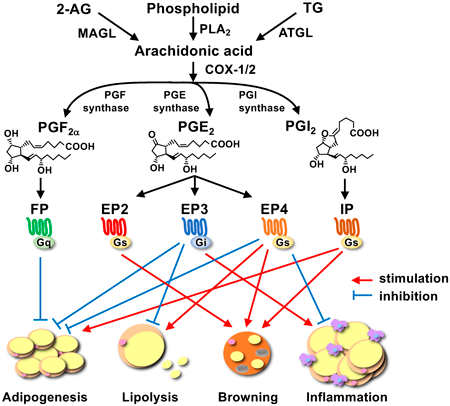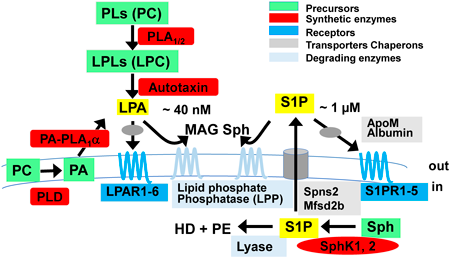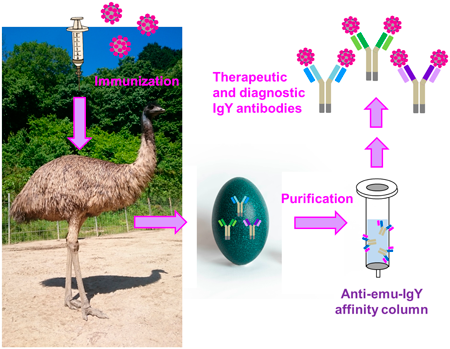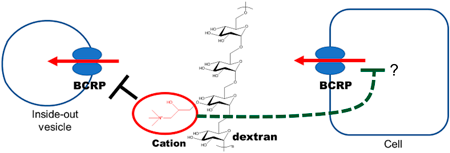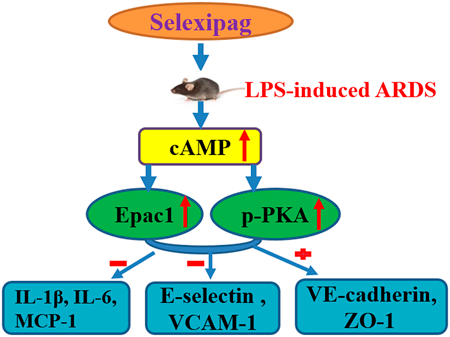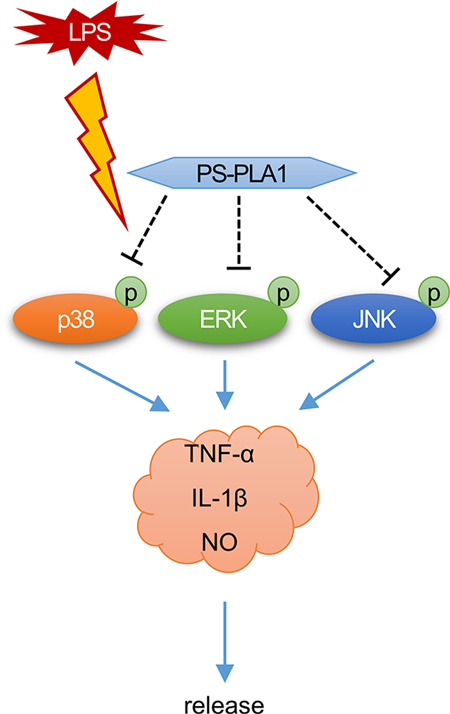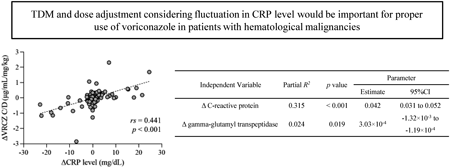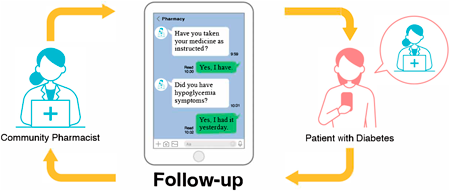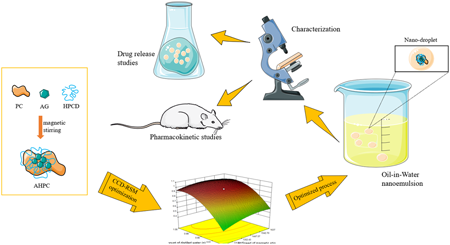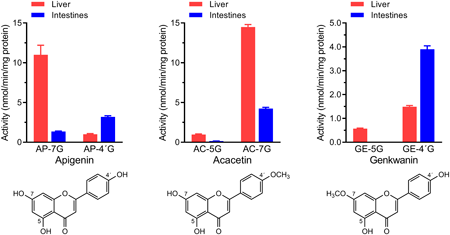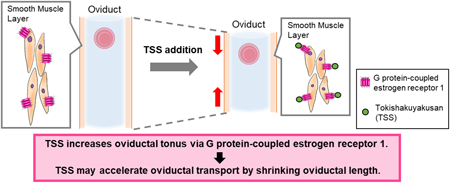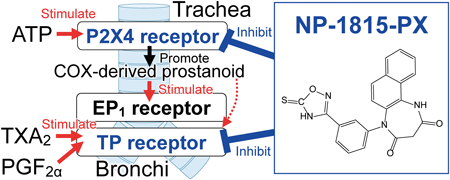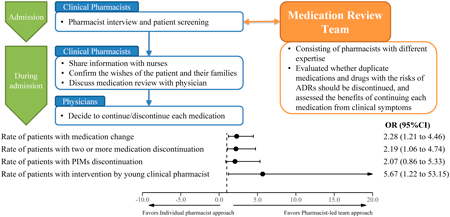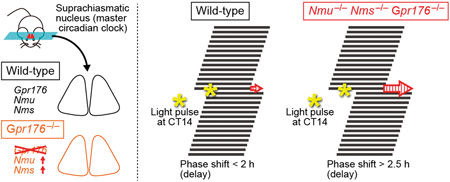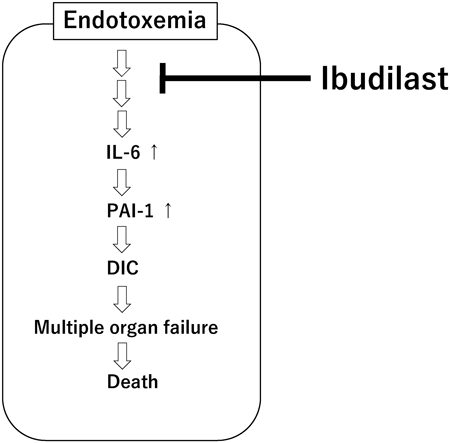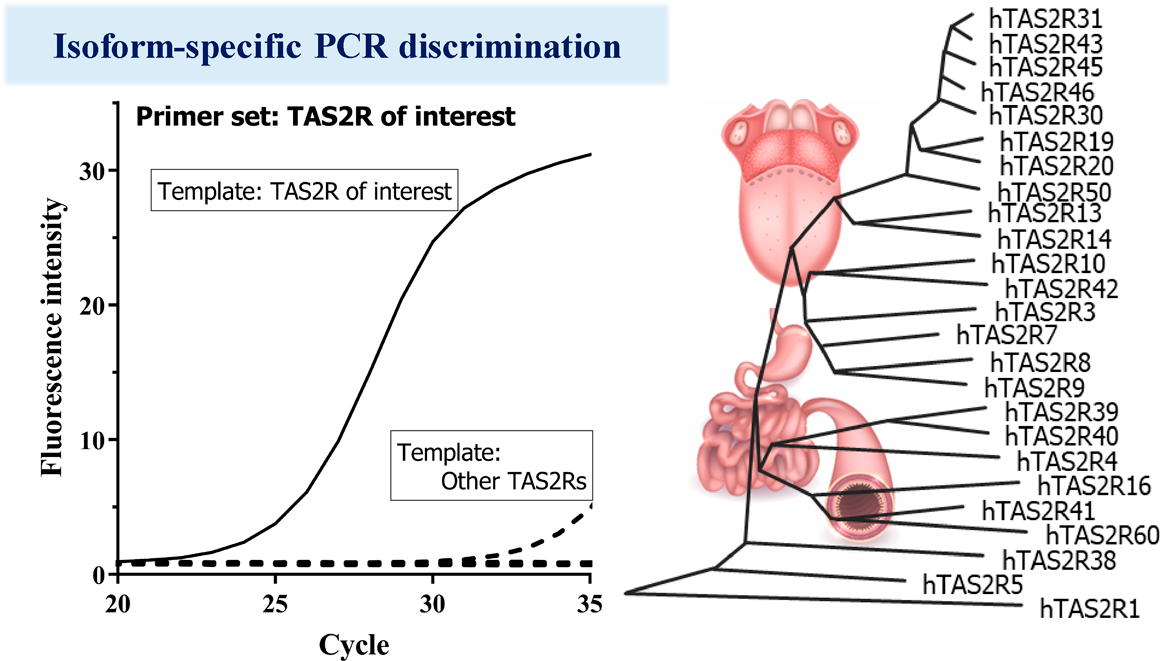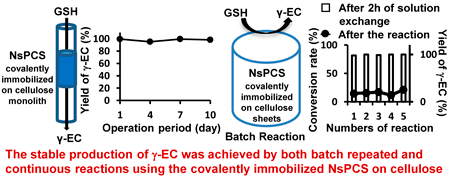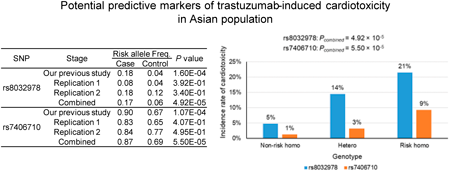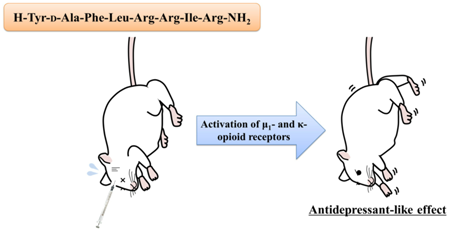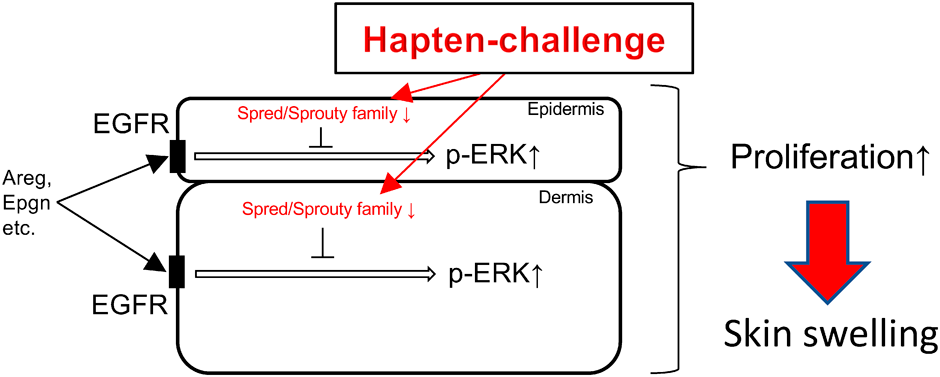- |<
- <
- 1
- >
- >|
-
2022Volume 45Issue 8 Pages 972-977
Published: August 01, 2022
Released on J-STAGE: August 01, 2022
Download PDF (2139K) Full view HTML
-
2022Volume 45Issue 8 Pages 978
Published: August 01, 2022
Released on J-STAGE: August 01, 2022
Download PDF (194K) Full view HTML
-
2022Volume 45Issue 8 Pages 979-984
Published: August 01, 2022
Released on J-STAGE: August 01, 2022
Download PDF (1269K) Full view HTML -
2022Volume 45Issue 8 Pages 985-991
Published: August 01, 2022
Released on J-STAGE: August 01, 2022
Download PDF (843K) Full view HTML -
2022Volume 45Issue 8 Pages 992-997
Published: August 01, 2022
Released on J-STAGE: August 01, 2022
Download PDF (597K) Full view HTML -
2022Volume 45Issue 8 Pages 998-1007
Published: August 01, 2022
Released on J-STAGE: August 01, 2022
Download PDF (2173K) Full view HTML -
2022Volume 45Issue 8 Pages 1008-1021
Published: August 01, 2022
Released on J-STAGE: August 01, 2022
Download PDF (950K) Full view HTML
-
2022Volume 45Issue 8 Pages 1022-1026
Published: August 01, 2022
Released on J-STAGE: August 01, 2022
Download PDF (4626K) Full view HTML
-
2022Volume 45Issue 8 Pages 1027-1035
Published: August 01, 2022
Released on J-STAGE: August 01, 2022
Download PDF (6918K) Full view HTML -
2022Volume 45Issue 8 Pages 1036-1042
Published: August 01, 2022
Released on J-STAGE: August 01, 2022
Download PDF (940K) Full view HTML -
2022Volume 45Issue 8 Pages 1043-1052
Published: August 01, 2022
Released on J-STAGE: August 01, 2022
Advance online publication: May 20, 2022Download PDF (3535K) Full view HTML -
2022Volume 45Issue 8 Pages 1053-1060
Published: August 01, 2022
Released on J-STAGE: August 01, 2022
Advance online publication: May 24, 2022Download PDF (1714K) Full view HTML -
2022Volume 45Issue 8 Pages 1061-1068
Published: August 01, 2022
Released on J-STAGE: August 01, 2022
Advance online publication: May 31, 2022Download PDF (4737K) Full view HTML -
2022Volume 45Issue 8 Pages 1069-1076
Published: August 01, 2022
Released on J-STAGE: August 01, 2022
Download PDF (2880K) Full view HTML -
2022Volume 45Issue 8 Pages 1077-1083
Published: August 01, 2022
Released on J-STAGE: August 01, 2022
Download PDF (865K) Full view HTML -
2022Volume 45Issue 8 Pages 1084-1090
Published: August 01, 2022
Released on J-STAGE: August 01, 2022
Download PDF (478K) Full view HTML -
2022Volume 45Issue 8 Pages 1091-1100
Published: August 01, 2022
Released on J-STAGE: August 01, 2022
Download PDF (711K) Full view HTML -
2022Volume 45Issue 8 Pages 1101-1105
Published: August 01, 2022
Released on J-STAGE: August 01, 2022
Download PDF (495K) Full view HTML -
2022Volume 45Issue 8 Pages 1106-1115
Published: August 01, 2022
Released on J-STAGE: August 01, 2022
Advance online publication: May 20, 2022Download PDF (4178K) Full view HTML -
2022Volume 45Issue 8 Pages 1116-1123
Published: August 01, 2022
Released on J-STAGE: August 01, 2022
Download PDF (1129K) Full view HTML -
 2022Volume 45Issue 8 Pages 1124-1132
2022Volume 45Issue 8 Pages 1124-1132
Published: August 01, 2022
Released on J-STAGE: August 01, 2022
Editor's pickASD are neurodevelopmental disorders characterized by impairments in social behavior and repetitive interests. Individuals with ASD often also display decreased empathy, while recent report indicates that individuals with ASD show enhanced emotional empathy than typically developed individuals. In this study, Takayama et al. assessed socially transmitted fear in observational fear learning paradigm as a proxy of emotional empathy in VPA-treated mice, ASD model mice. The authors found that hyperactivity of oxytocin neurons in the paraventricular nucleus of hypothalamus in VPA-treated mice enhanced empathy-like behaviors in observational fear learning paradigm.
Download PDF (2381K) Full view HTML -
2022Volume 45Issue 8 Pages 1133-1141
Published: August 01, 2022
Released on J-STAGE: August 01, 2022
Download PDF (1589K) Full view HTML -
2022Volume 45Issue 8 Pages 1142-1157
Published: August 01, 2022
Released on J-STAGE: August 01, 2022
Advance online publication: May 27, 2022Download PDF (881K) Full view HTML -
 2022Volume 45Issue 8 Pages 1158-1165
2022Volume 45Issue 8 Pages 1158-1165
Published: August 01, 2022
Released on J-STAGE: August 01, 2022
Download PDF (994K) Full view HTML -
2022Volume 45Issue 8 Pages 1166-1171
Published: August 01, 2022
Released on J-STAGE: August 01, 2022
Download PDF (565K) Full view HTML -
 2022Volume 45Issue 8 Pages 1172-1179
2022Volume 45Issue 8 Pages 1172-1179
Published: August 01, 2022
Released on J-STAGE: August 01, 2022
Editor's pickCircadian clock disruption has been linked to diseases ranging from metabolic syndrome to cancer. Therefore, the circadian system has become an attractive target for research and clinical care innovations. The authors show that the orphan G-protein-coupled receptor Gpr176 is involved in light entrainment of the circadian clock through a mechanism requiring two related neuropeptides, neuromedin U and neuromedin S. It is suggested by the authors that simultaneous modulation of these neuropeptides and Gpr176 may constitute a potential therapeutic option for modulating the circadian clock.
Download PDF (2702K) Full view HTML -
2022Volume 45Issue 8 Pages 1180-1184
Published: August 01, 2022
Released on J-STAGE: August 01, 2022
Download PDF (1627K) Full view HTML -
2022Volume 45Issue 8 Pages 1185-1190
Published: August 01, 2022
Released on J-STAGE: August 01, 2022
Download PDF (547K) Full view HTML -
2022Volume 45Issue 8 Pages 1191-1197
Published: August 01, 2022
Released on J-STAGE: August 01, 2022
Download PDF (579K) Full view HTML
-
2022Volume 45Issue 8 Pages 1198-1202
Published: August 01, 2022
Released on J-STAGE: August 01, 2022
Download PDF (307K) Full view HTML -
2022Volume 45Issue 8 Pages 1203-1207
Published: August 01, 2022
Released on J-STAGE: August 01, 2022
Download PDF (1261K) Full view HTML -
2022Volume 45Issue 8 Pages 1208-1212
Published: August 01, 2022
Released on J-STAGE: August 01, 2022
Download PDF (1804K) Full view HTML
- |<
- <
- 1
- >
- >|

